The fare deduction function of card-connected card readers is mainly achieved through the following steps:
When swiping the card, the reader reads the information on the transit card or payment card, such as the card number and balance.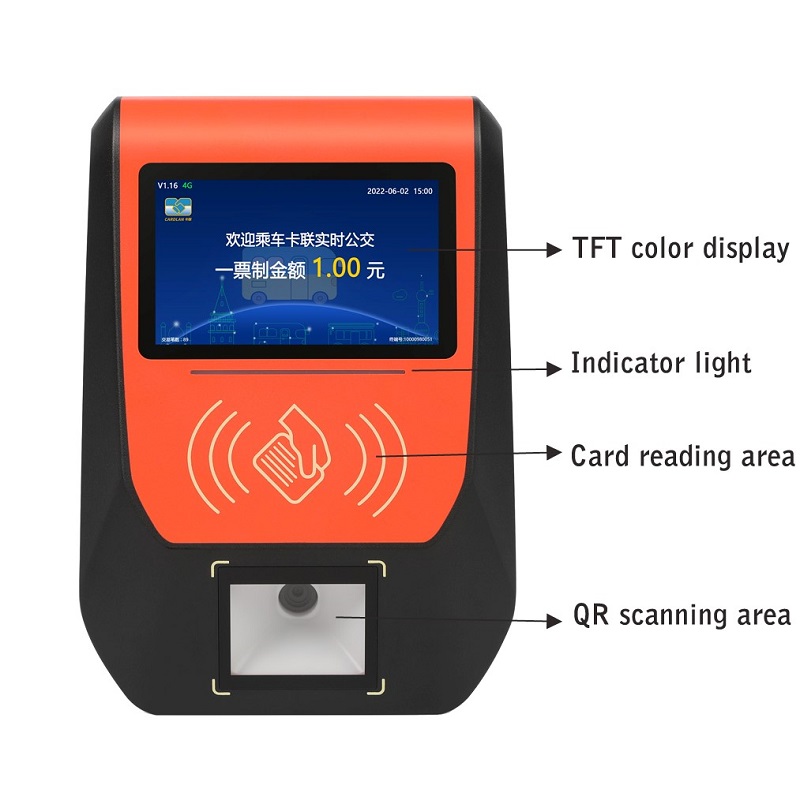
The system verifies whether the card is valid, including whether the balance is sufficient and whether it is within the validity period.
Distance-based fare: Calculates the travel distance based on boarding and alighting records and deducts the corresponding fare.
Sectional fare: Deducts the fare based on the number of sections traveled.
Flat fare: Directly deducts a fixed fare.
Cardlan system deducts the corresponding fare from the card balance and updates the balance.
Transaction information (such as time, location, amount, etc.) is recorded in the system or on the card for future queries or reconciliation.
The card reader displays the deduction result (e.g., success, insufficient balance, etc.) and emits a prompt sound.
If there are discount policies (e.g., student cards, senior cards, or transfer discounts), the system automatically calculates and deducts the fare after applying the discount.
Transaction data is synchronized with the backend system for data analysis, report generation, etc.
Maintain sufficient balance: Avoid inconvenience due to insufficient balance.
Check transaction records promptly: Ensure accurate deductions and address any issues in a timely manner.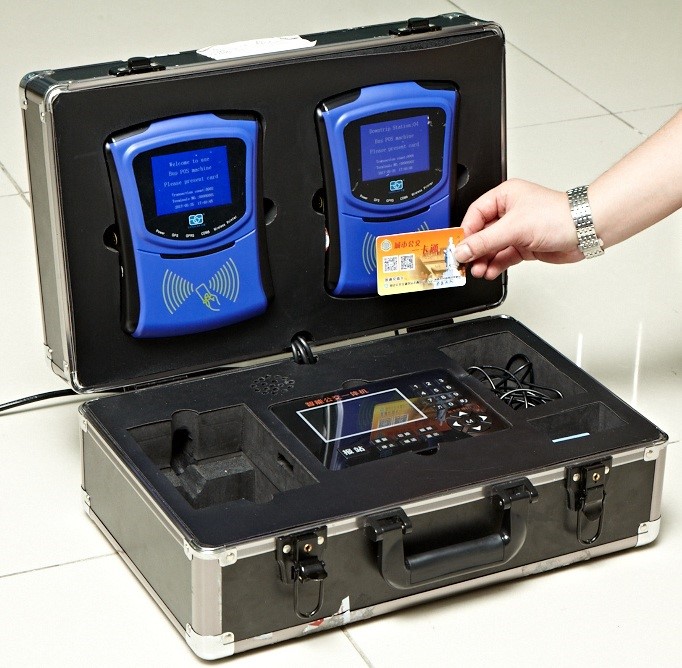
The fare deduction function of card-connected card readers relies on the integration of hardware and software to ensure accurate deductions and secure transactions.
 Cardlan flat fare/Zonal fare collection solution
Cardlan flat fare/Zonal fare collection solution
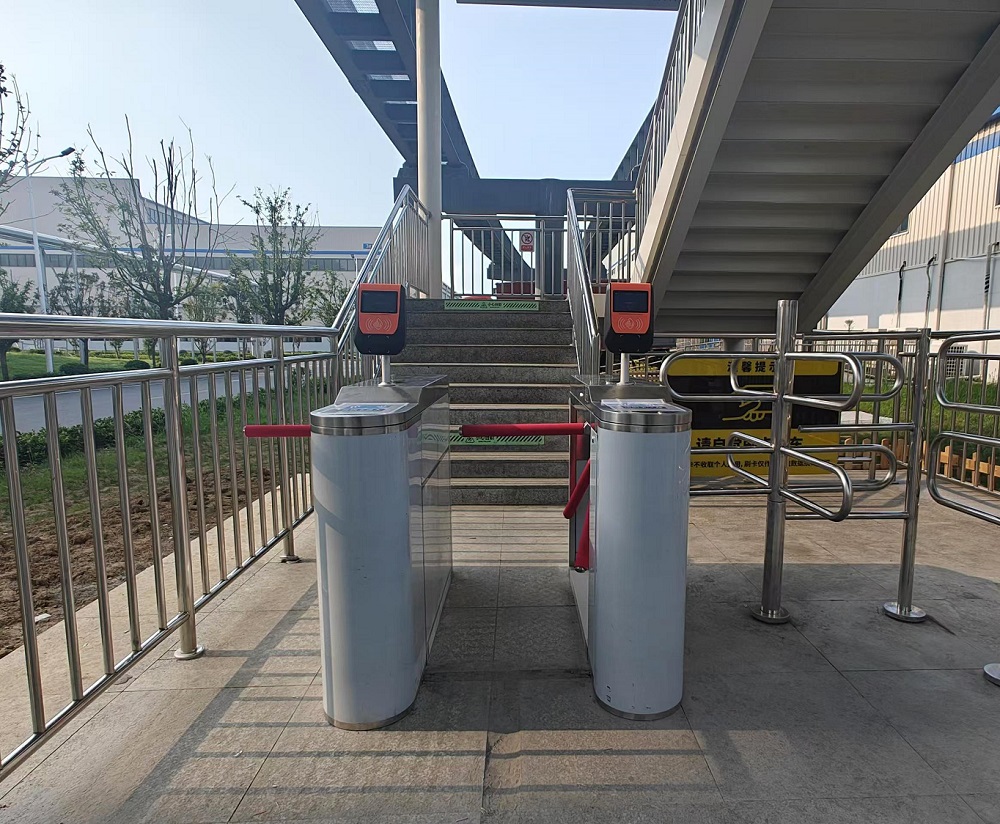 Application of Relay Function in Bus Card Readers for Gate Control
Application of Relay Function in Bus Card Readers for Gate Control
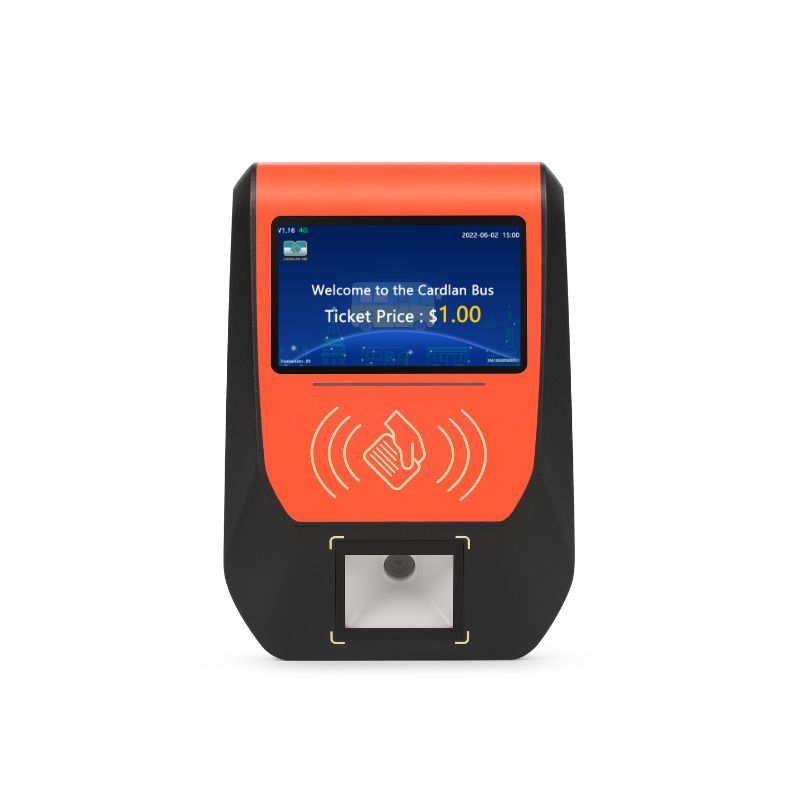 Development of Bus Fare Collection Machine Hardware and SDK
Development of Bus Fare Collection Machine Hardware and SDK
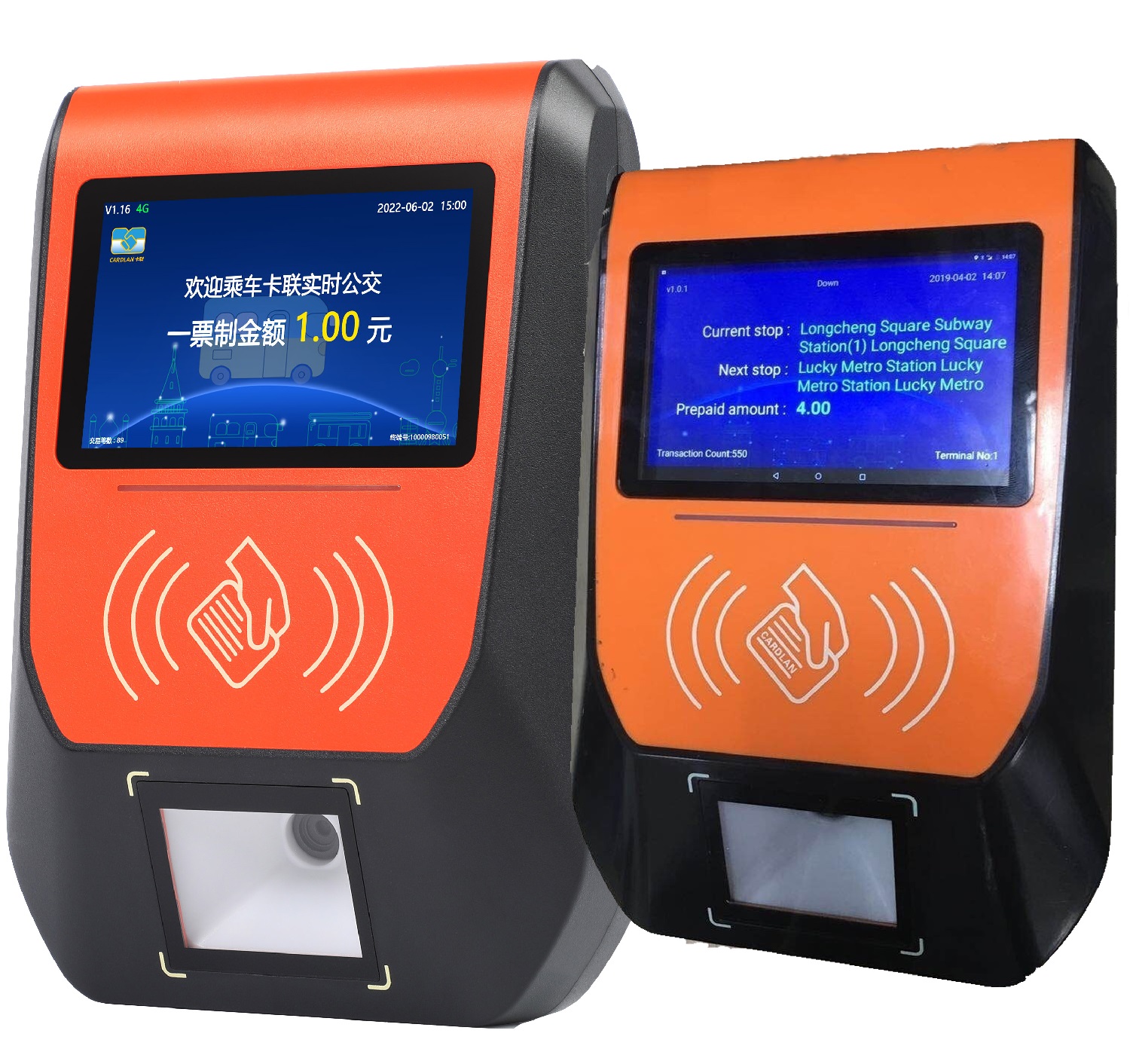 Why some buses have one card reader some have two card readers?
Why some buses have one card reader some have two card readers?